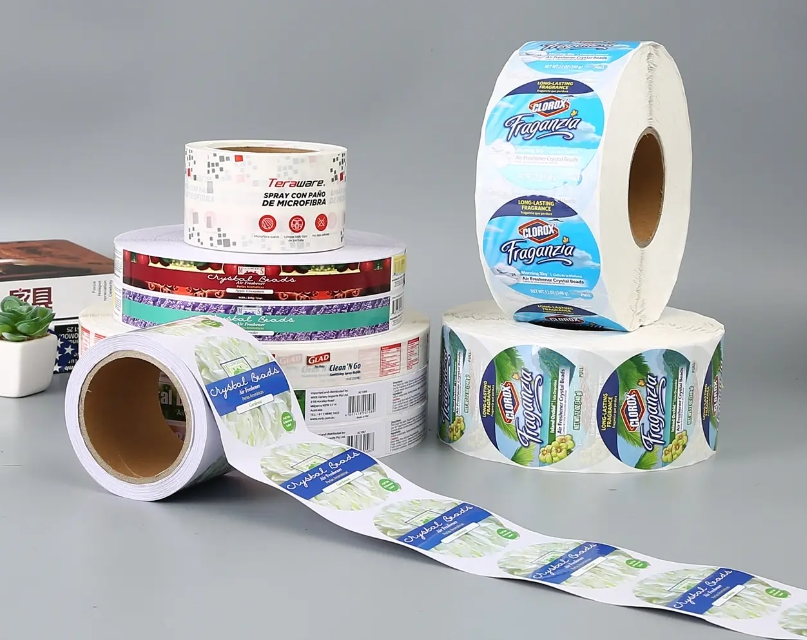Flame retardant labels serve as an eco-friendly choice in the construction industry, offering several environmental benefits along with their fire safety functions:

-
Reduced Fire Risk and Environmental Impact: By incorporating flame retardant labels into construction materials, the risk of fire incidents is minimized. This, in turn, reduces the potential environmental impact caused by fires, such as air pollution, release of toxins, and damage to natural habitats.
-
Sustainable Material Selection: Flame retardant labels can be made from environmentally friendly materials or incorporate sustainable practices in their production. Labels that are biodegradable or made from recycled materials contribute to reducing environmental footprint.
-
Compliance with Environmental Regulations: Construction projects must adhere to stringent environmental regulations. Flame retardant labels that meet eco-friendly standards ensure compliance while maintaining fire safety requirements.
-
Extended Lifespan of Structures: By enhancing fire resistance in construction materials through the use of flame retardant labels, the lifespan of structures can be extended. This leads to reduced waste and the need for frequent replacements, promoting sustainability.
-
Energy Efficiency and Conservation: Flame retardant labels can be integrated into materials that contribute to better insulation, improving energy efficiency in buildings. Enhanced fire safety allows for the preservation of structures, reducing the need for energy-intensive reconstruction.
-
Waste Reduction and Recycling: Labels designed for easier removal and recycling contribute to waste reduction in the construction industry. Eco-friendly flame retardant labels can facilitate the recycling process for materials at the end of their lifecycle.
-
Green Building Certifications: The use of environmentally conscious products, including flame retardant labels, contributes to meeting criteria for green building certifications such as LEED (Leadership in Energy and Environmental Design).
-
Promotion of Sustainable Practices: Incorporating eco-friendly flame retardant labels into construction materials sends a message of commitment to sustainable practices, influencing other industries and consumers to prioritize environmentally responsible choices.
-
Support for Circular Economy: Labels designed for disassembly or reuse can support the principles of a circular economy by ensuring that materials and components are reused or repurposed instead of being discarded.
Flame retardant labels, when chosen with a focus on eco-friendly materials and practices, align with the construction industry's increasing emphasis on sustainability. They not only enhance fire safety but also contribute positively to environmental preservation and responsible resource management within the construction sector.
We offer comprehensive technical support, including free professional labeling solutions, advice on label materials and adhesive selection, as well as online/offline assistance from professional software and hardware engineers. Service email: andy@ownlikes.cn. In pre-sales, we leverage our extensive experience in specialty labeling projects to provide clients with the most suitable hardware solutions. Additionally, all our label barcode printers and scanners come with a three-year free warranty, demonstrating our confidence in our products.




